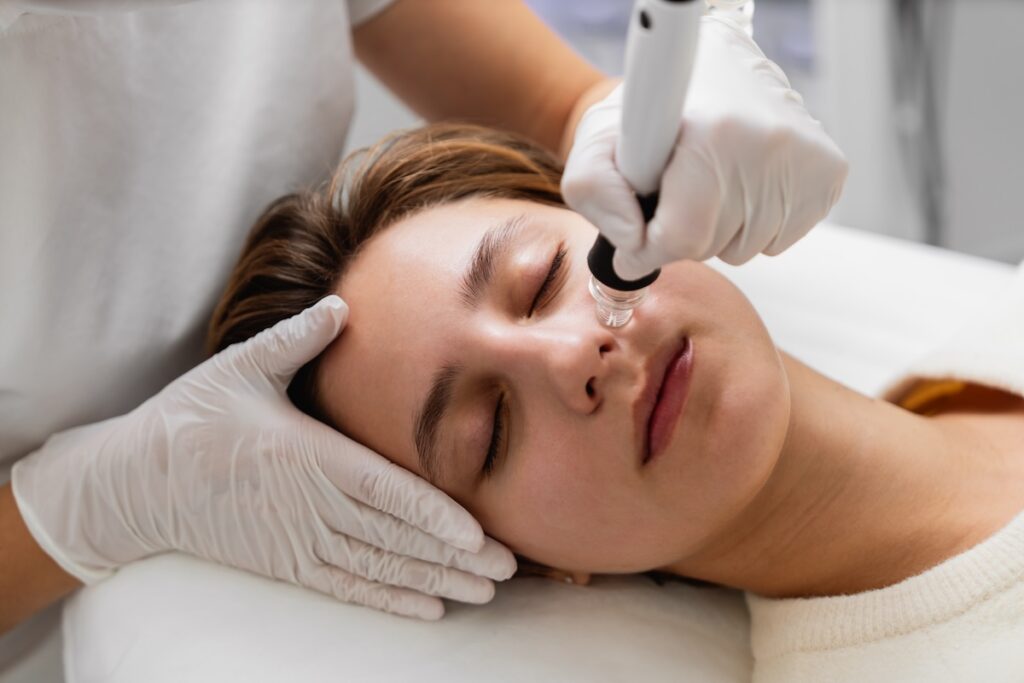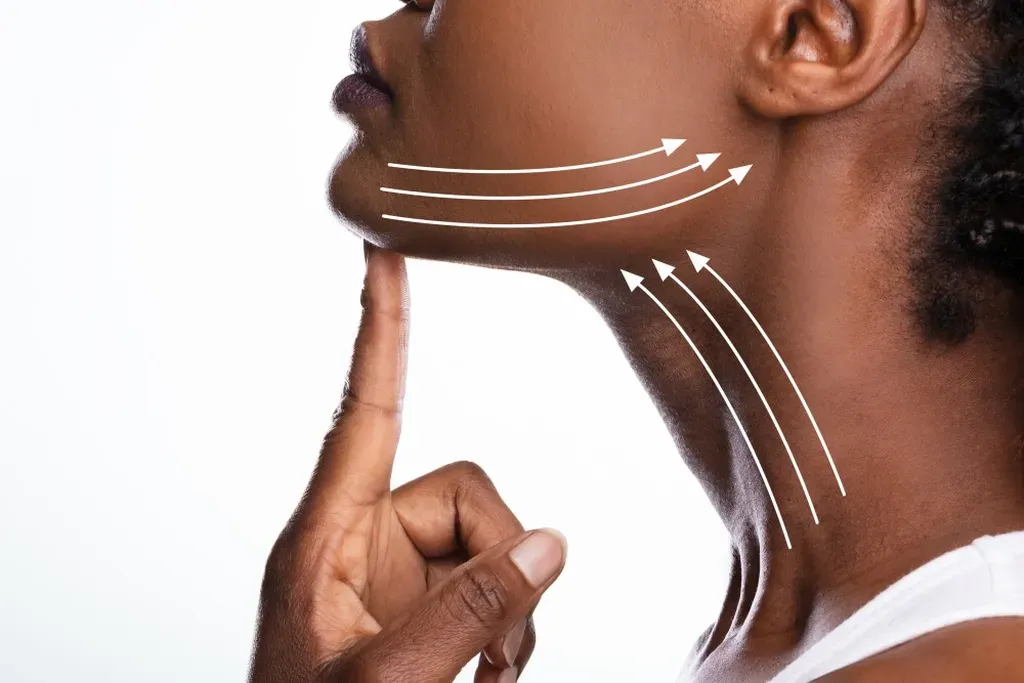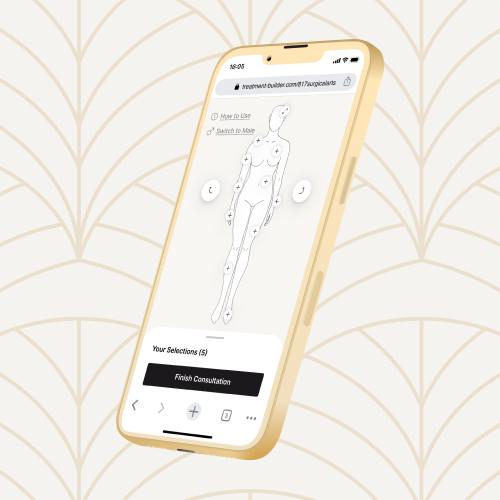
If you’re looking to augment your facial contours, you could get filler, or you could go with a more natural process — fat grafting. Keep reading to learn what’s involved.
Fat grafting is a cosmetic surgical technique by which a doctor removes fat from one part of your body through liposuction and places it in another. It addresses several common aesthetic concerns, making it one of the fastest-growing cosmetic procedures.
At 817 Surgical Arts, facial and cosmetic surgeon Dr. Emily Johnson uses fat grafting to add volume to her patients’ faces, helping them achieve their aesthetic goals. If you want to enhance your profile, keep reading to learn what fat grafting can do for you.
History and development
Fat grafting isn’t a new procedure; the first attempt dates back to 1893. However, the technique was unreliable and had many unpleasant side effects and adverse reactions.
It wasn’t until the late 20th century that a New York-based plastic surgeon published standardized techniques for extracting, processing, and reinjecting fat cells. This game-changer allowed surgeons to reliably use fat grafting on the face, hands, feet, hips, buttocks, and breasts.
Fat grafting acts similarly to a dermal filler; only it lasts a lot longer. Fillers, many composed of volumizing hyaluronic acid, fill in hollows in areas that have lost structural support and have started to wrinkle and crease as a result.
For the face, the fat not only smooths your complexion but also improves your skin texture, including filling in acne scars; restores lost cheek volume and volume in the orbital (eye) area; and improves the appearance of nasolabial folds, the deep creases that form between your nose and mouth.
Fat grafting process
The fat grafting process involves three steps:
- Fat extraction from the donor area using liposuction
- Decanting, centrifuging, and processing of the fat cells
- Reinjection of the purified fat into the treatment area
For the first step, Dr. Johnson extracts fat from the donor area, usually where you have more fat than you want. She does this through manual liposuction using a cannula (tube) with small holes. Laser and ultrasonic liposuction aren’t effective, as they can destroy the fat cells.
In the second step, Dr. Johnson processes the fat by decanting and centrifuging the sample to separate debris, dead cells, and excess fluid from the viable fat cells. She discards any fat cells she believes won’t survive in the graft.
In the third step, Dr. Johnson reinjects the fat in small droplets throughout the face in different planes, ensuring a good blood supply to every fat droplet. This allows the graft to take place.
The amount of fat retrieved and injected and the requirements of the face for accepting the graft vary from person to person.
If you want to improve your facial contours and add lasting volume to your face, 817 Surgical Arts can help you achieve your goals. To learn more or to schedule a consultation with Dr. Johnson, call/text our office at 817-290-9900 or book online today.


